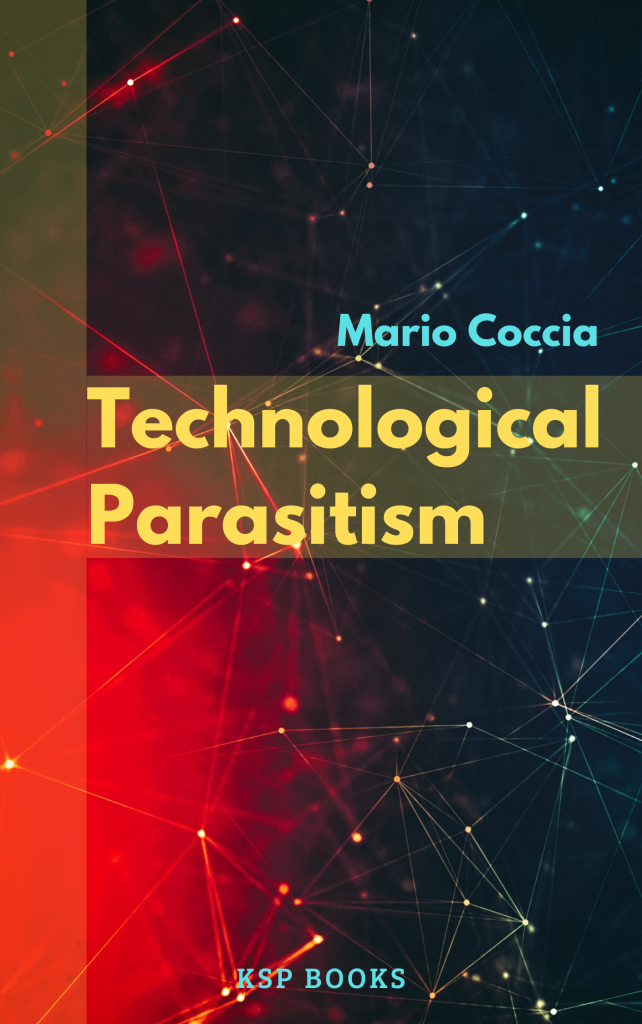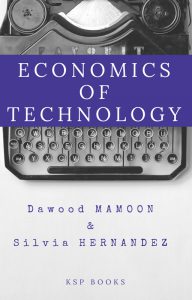Synopsis
How does technology evolve? The book confronts this question here by developing the theory of technological parasitism, which endeavors to analyze and explain, with a new perspective, the relationships supporting the evolution of complex systems of technology in society.
This study is part of a large body of research on the evolution of technology started in 2016 at Arizona State University (Center for Social Dynamics and Complexity, Tempe AZ, USA), continued at Yale University in 2019 (School of medicine, New Haven CT, USA) and now is ongoing at National Research Council of Italy (Torino, Italy). This book is designed for students, undergraduates, graduates, managers in business and public administration, policymakers that wish to understand: critical characteristics of the evolution of technology, relationships between technologies in complex systems that clarify the driving forces of technical change, properties that explain which technologies are likely to evolve rapidly and, as well as also wish to expand their knowledge on these research fields that could aid management of firms and innovation strategy of nations to implement best practices of product/process design and development for supporting R&D investments, sustaining and safeguarding competitive advantage in markets.
In order to attain a reasonable depth, this book concentrates on critical topics of particular relevance in economics of innovation and technology that meet the needs of the intended audience. The book is divided in four inter-related chapters.
- First of all, the chapter 1 of the book explains the main theories concerning the evolution of technologies, given by a) theories based on processes of competitive substitution of a new technology for the old one in markets; b) theories based on a multi-mode interaction between technologies.
- The chapter 2 of this book proposes a new taxonomy of interactive technologies within a theoretical framework of Generalized Darwinism. This chapter supports the theory of technological parasitism that will be explained in next chapters.
- The chapter 3 explains the evolution of technology with a new theory, called technological parasitism, which is based on the idea that parasite-host relationships between technologies and systems of technology with a high number of technological parasites have an accelerated evolution driven by long-run relationships of mutualistic symbioses. This theory may be useful for bringing a new perspective to explain and generalize, as far as possible, the evolution of technology directed to sustain competitive advantage of firms and nations in markets.
- The final chapter 4 of the book focuses on a model of technometrics based on theory of technological parasitism to measure the speed of technological evolution for supporting implications of innovations strategy and management of technology, as well as to monitor technological pathways during the transition from starting state of parasitic technology to final state of symbiosis that accelerates the technological evolution with a pervasive effect on economic and social change. This suggested model of technometrics, within the technological parasitism, also detects which technologies are likely to evolve rapidly for sustaining best practices of innovation management to safeguard competitive advantage of firms and nations.
Overall, then, no single book could hope to cover adequately all aspects of what is wide and essentially multi-disciplinary field of inquiry, and it is not the intention here to attempt to cover all aspects and topics of the evolution of technology and technological change in society. It is regrettable but inevitable therefore that some topics are excluded or given only limited coverage and it is not possible to meet fully the preferences of all readers. I hope that readers dealing with economics of innovation and technology, and in particular with topics of technological evolution, such as students, managers, policymakers, etc. are able to see this text as a starting point to understand the complex processes, characteristics, properties and relationships of the evolution of technology and technological change in society. Finally, this book’s strengths and weaknesses are the responsibility of author.
Contents
About Author
ISBN
978-605-7602-90-9
Date of Publication
December 15, 2019
File Size: 3158 KB
Length: xii + 157 pages
This work is licensed under a Creative Commons Attribution 4.0 International License.
















